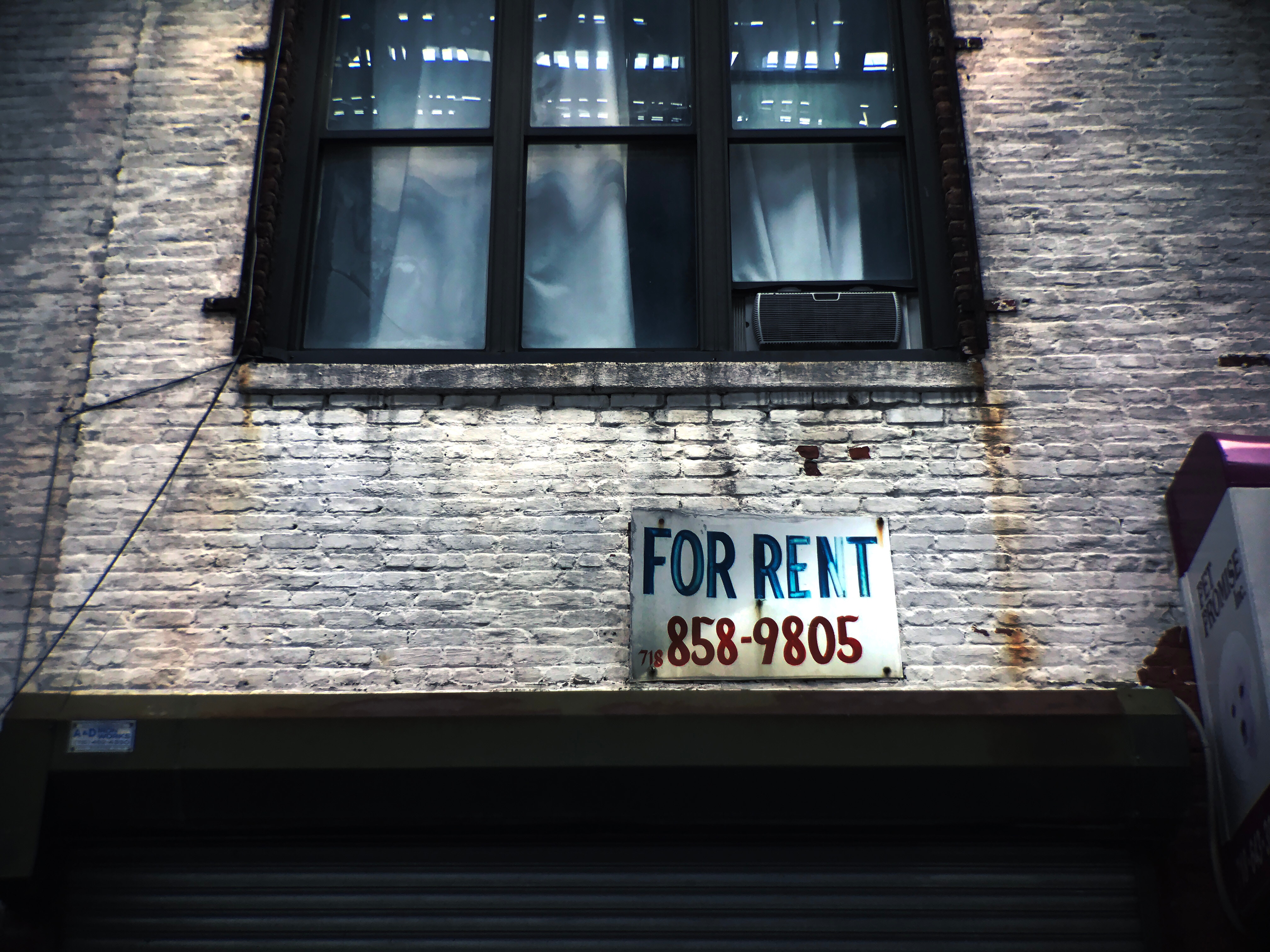Opinion & Analysis
Richard Walsh: The Private Rental Sector – A New Market for IP
04 Jun 2019

In 2017-18, the private rented sector accounted for 4.5 million or 19% of households. Throughout the 1980s and 1990s, the proportion of private rented households was steady at around 10%. The sector has doubled in size since 2002 and the rate has hovered at around 20% since 2013-14.
25-34 year olds are now more likely to be private renters than owner occupiers. So if you look at the age range of 25 – 44 years, which is the majority of the IP market for new customers, a very significant number are private renters. Despite this change anecdotal evidence suggests that only around 6.5% of IP customers are renters.
A significant proportion of them are pretty similar to those with mortgages. More than a third have at least one dependent child and most are working. Between 15 and 20% of rent arrears in the private rental sector can be put down to sickness.
So what happens when sickness strikes and a household doesn’t have IP? If the household is entitled to Universal Credit (UC) and they live in social housing their rent is normally met in full minus the “bedroom tax”. This is not the case for private renters. Here their eligible support is determined by Local Housing Allowance Rates (LHAs), which are pegged at the cheapest rent in an area for a particular size of property or capped. In addition, LHAs were frozen in 2016 until 2020 while private rental costs have gone up. A growing gap has been created by this system between the rent households have to pay and the amount of UC they receive for that purpose.
The gap is very variable. In most of London and some other UK hotspots the gap can be very large indeed and even in less well off areas the gap is still significant. Here are five examples of the average monthly gap – Hounslow (£437); Cambridge (£531); Bristol (£217); Milton Keynes (£148) and York (£107). To meet the gap households have to find the extra money from the living expenses element of their UC. In 2017, 38% of private landlords experienced UC tenants going into rent arrears. Three out of 10 of those going into arrears were evicted. Homelessness has grown by 40% in the past five years. Apart from the financial impact of the gap there is also the social burden on families caused by relocation – often well away from their original homes. And as well as the short-term emotional disruption, the longer-term health and social consequences of homelessness can be significant, particularly for families with children.
For most customers, buying IP is a lifestyle choice not to be dependent on means-tested benefits from the State, having own occupation cover and rehabilitation support. For those in social housing this remains a situation of choice. For private renters the choice is starker. Either you have IP to cover your rent and living expenses, or you will not have sufficient money to pay your rent and support your family.
The growth of the gap is a strong incentive for IP purchase and is an opportunity for local intermediaries to get to know a new market, form relationships with tenants, letting agents and landlords to meet an ever growing household resilience need. As with all IP advised sales documentation should include a warning with regard to the possible interaction between IP policies and State benefits and for rentals it may also be wise to document that the purpose of the product is to support rental payment and living expenses.